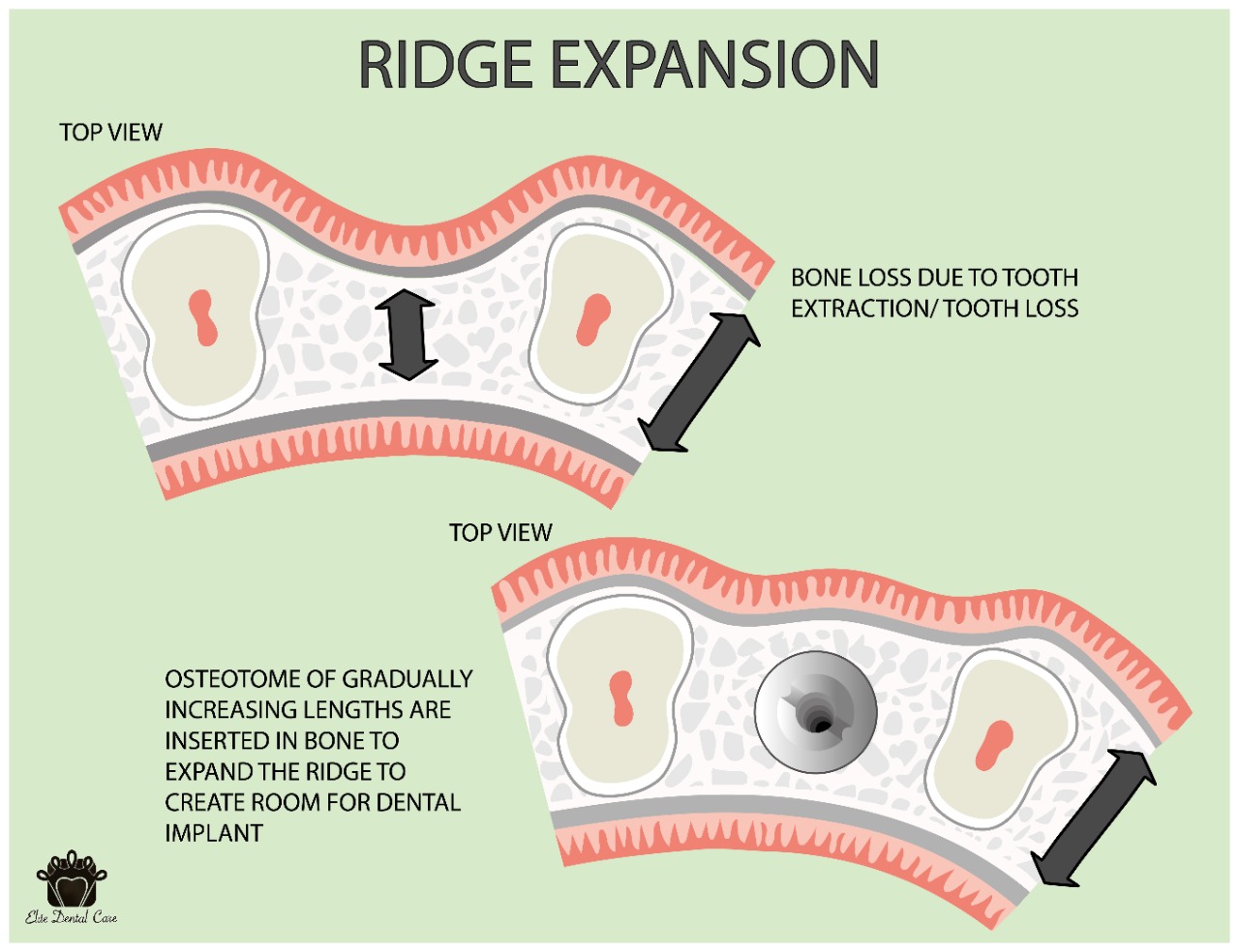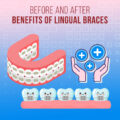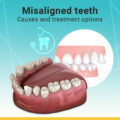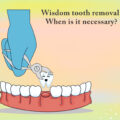
Uncategorized
edental
23 May 2020
Ridge Expansion and Technique – Elite Dental Care Tracy
Dental implants are the tech treat in dentistry and the best solution for people who lost their complete teeth or partial teeth.
It is natural that, once you lose your teeth the bone will be reabsorbed gradually by your body with time resulting in the loss of strength and capacity of the bone to hold the teeth.
People, if you have consulted your doctor for placing dental implants and if he/she has told you that you do not have the option of placing the dental implants, do not get depressed.
There are several surgical procedures to get back the lost bone which helps in placing the dental implants and bringing back your facial shape and beautiful smile.
Different surgical procedures:
Dental Implants are in the shape of screws, they are made of tough materials like titanium, ceramic, etc., and they need a strong bone to carry them or the surgery will be unsuccessful.
Different surgical methods to restore the lost bone:
- Guided bone regeneration: It depends on the bone grafting material and membranes.
- Autogenous block grafts: these are formed from intraoral sites like chin and extra-oral sites like iliac crest etc.
- Distraction Osteogenesis: A long bone is made out of short bone, a device called distractor divides the bone into two parts and pulls them apart from each other.
The above procedures have both benefits and limitations after the surgery.
Dental studies say that some times the bone is not reabsorbed completely in some patients due to its strength.
In such cases, doctors will check the existing bone, its strength, capacity and recommend a suitable procedure to place the implants successfully.
There is an effective approach called “Ridge Expansion”, this approach is easy and more beneficial compared to other procedures.
What is Ridge Expansion and Benefits:
Ridge Expansion:
It is the process of enlarging the lost alveolar bone and adding bone grafting materials in the space created, to make it stronger and capable of holding the dental implants.
To do this procedure and place the implants successfully, the alveolar bone should have a width greater than 3mm but less than 6mm.
This procedure helps in expanding the horizontal width of the bone.
During surgery, at least 1mm of trabecular bone should be present between cortical plates as it allows the adequate bone spread on either side of the ridge and maintains equal blood supply.
Procedure:
Ridge’s bone gets divided into two sections, the inner and outer sections and they are pushed apart to create space.
Empty Space created is filled with bone grafting material in the required amount to make the bone capable enough to hold the implants.
In some cases, implants are placed immediately as a part of the surgery.
There are different advanced instruments available to do the procedure, these allow the ridge expansion without any surgical mallet.
- Motorized Ridge expander.
This technique uses different types of motorized instruments like mallets, osteotomes, etc., for bone expansion.
An osteotome is an instrument that has undergone new advancements in dentistry. It gives great comfort to use in the surgery insertion path.
Motorized titanium Osteotome drills are exclusively used to compact the type IV and V bone.
An electric surgical motor prepared with torch control is set to 20NCM to 25 NCM, this prevents damage to the handpiece.
An increase in resistance increases the expansion with the manual ratchet wrench.
- Expansion Crest device :
Allows distribution of expansion forces preventing bone removal from the buccal cortex and proper site is created for the implants.
It is used in the areas of cancellous bone in the edentulous ridge.
- The piezoelectric device used for ultrasonic bone surgery:
This device cuts the bone without affecting the surrounding hard and soft nerves, tissues. It has an oscillating tip that provides the vibrations and cuts the bone.
It gives great visibility into the deep surgical area.
These instruments are also used as condensers for trabecular bone.
Analysis:
In a survey, we found that the most inquired question by patients during ridge expansion is
What type of instrument is effective and gives a strong and reliable bone.
We conducted analysis inclusive of all instruments that provide adequate bone using the parameters like Cohort series/ Case Analysis, Prospective or Retrospective analysis
The terms taken were 5 human beings, different instruments used, defected site and follow-up period.
Result:
The outcome states, In comparison with Traditional instruments, the Ultrasonic surgery system, and motor expanders give the best results and less trauma and they are easy to operate.
In the above example, the use of Osteotome frequency was up to 65% and the implant success rate was recorded as 97%.
Osteotome remains the best effective mode of instrumentation for ridge expansion.
Benefits:
Expansion of bone prevents labial cut under the lips which allows easy and favorable axial loading.
Bone expansion does not involve any drilling for the osteotomy of the implant, this avoids loss of existing bone.
Combined flap maintains the healthy labial bone by preserving the intact periosteum over cortical bone.
The bone expansion increases the quality of condensation of soft bone and makes it more condensed apical and lateral for a prepared osteotomy.
Limitations:
Ridge Expansion techniques enable only horizontal width expansion and do not support vertical bone height.
It is difficult to operate on a single tooth, then on entire ridges.
The technique jeopardizes the flow of blood to fractured buccal rate and hence it increases the sequestration rate if the surgery is not done carefully.




